Cities across the world have separate areas for residential and commercial activities, i-e both residential and commercial activities take place in different designated zones. These zones are identified and implemented by local governments. To understand urban planning, it is important for us to understand the concept of zoning in real estate.
Graana.com, Pakistan’s smartest property portal, takes a look at the concept of zoning in real estate and the zones of major metropolitan cities of Pakistan.
What is Zoning in Real Estate
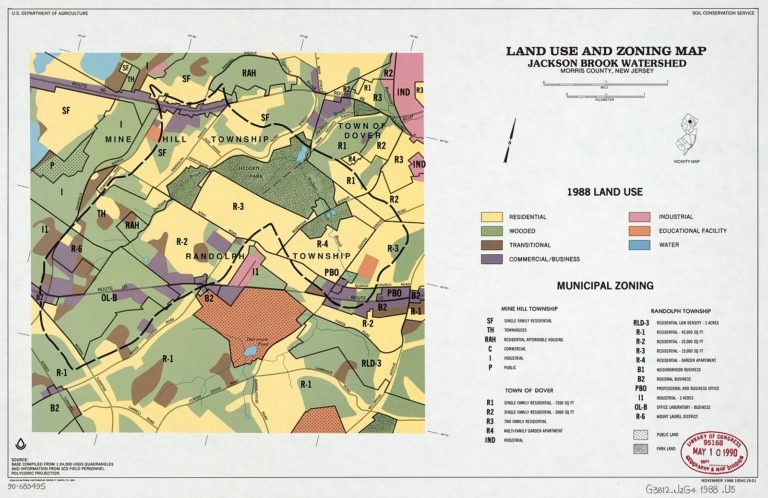
Zoning is the practice of demarcating a piece of land under municipal laws. That is, the practice is undertaken to regulate and govern the use of the property.
Furthermore, these laws are used by local authorities to prevent the use of the residential real estate for commercial activities and vice versa.
Economics of Zoning in Real Estate
According to Nobel Laureate economist Ronald Coase’s Theorem, in the absence of transaction costs and questions, disputes about land use and development can be resolved optimally without the need for government regulation.
In addition, Coase’s Theorem assumes that how a given piece of land should be used and what types of activities should be permitted can simply be negotiated among the parties involved to achieve an economically efficient outcome.
Similarly, Coase’s Theorem explains why, in the real world, where transaction costs exist, and frictionless bargaining among stakeholders is unlikely, zoning and other government-imposed solutions are the norms.
The Process of Zoning
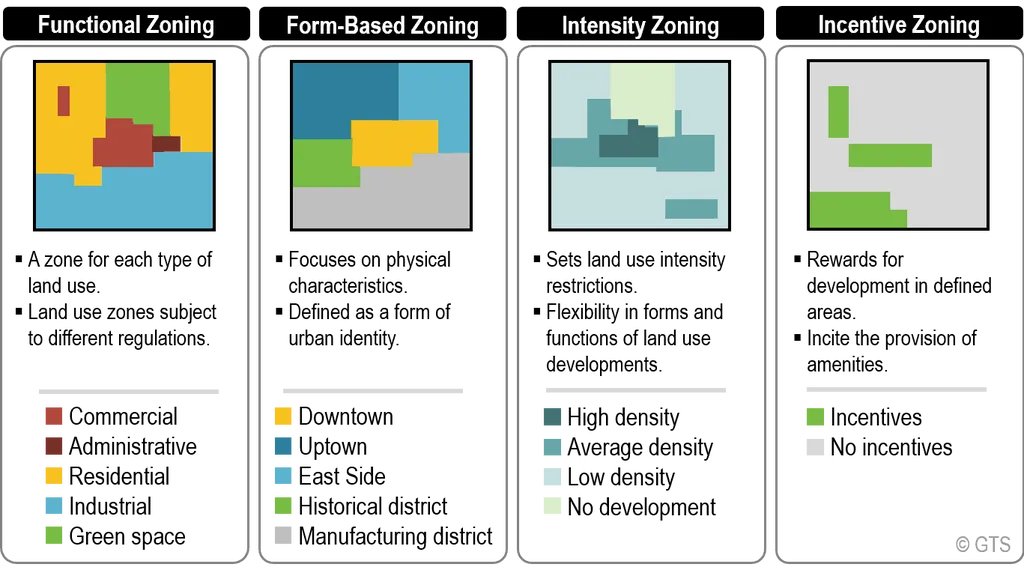
Similarly, zoning specifies which development and operational land uses are permitted on a given parcel. Moreover, municipalities typically divide districts and neighborhoods based on a master plan. In addition, this can be done to encourage economic development, control traffic flow, manage noise levels, reserve living space for residents, and protect specific resources.
Industrial, light industrial, commercial, light commercial, agricultural, single-family residential, multi-unit residential, and schools are examples of zoning classifications.
Local governments may prohibit the use of residential property for commercial purposes in order to limit commercial activity to specific areas of a town. If residents disagree with the designated usage, such zoning can lead to conflicts.
Zoning laws can also govern construction details in specific neighbourhoods. For example, regardless of the type of buildings permitted, zoning can limit the maximum height of buildings in a given area. High-rise residences or offices may be prohibited on specific parcels through zoning, even if the buildings otherwise comply with the laws.
When purchasing a piece of property, the presence of zoning restrictions can influence the price. The number of restrictions imposed by the municipality may cause real estate to sell at a premium rate.
Criticism of Zoning in Real Estate
Traditional zoning implementation has several critics. Some critics argue that zoning causes and exacerbates the disparity in quality of life between socioeconomic groups.
A township, for example, may maintain zoning laws that limit heavy industrial and commercial development to tracts of land adjacent to low-income neighbourhoods. Such policies would allow more affluent areas of town to avoid the associated noise and pollution.
In addition, areas that continue to be zoned for low-density residential neighbourhoods in localities where there is a housing shortage contribute to homelessness by refusing to allow more residential housing units to be built.
Furthermore, a more recent criticism of zoning that separates commercial and residential areas. Which says that zoning makes residents reliant on automobiles. People would be able to avoid the environmental and financial expenses of car ownership if they lived in a more integrated, walkable area where they could get groceries, work, and play close to their homes.
If zoning permitted walkable areas, less space would be required for highways and more space could be set aside for housing and green space.
Zones of Islamabad
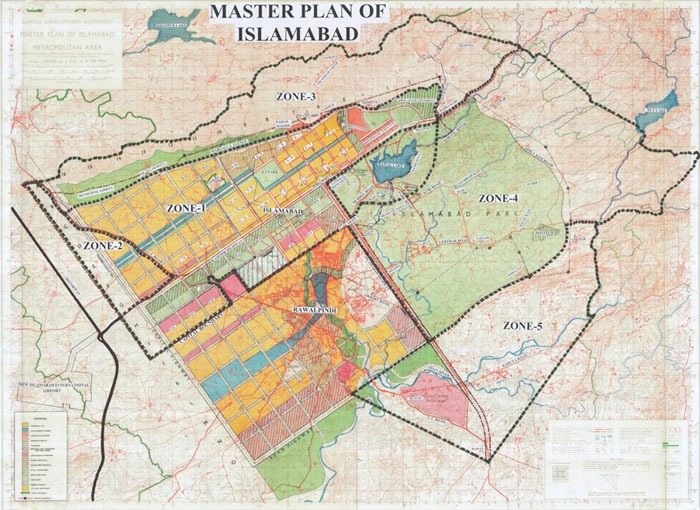
Islamabad has an area of 906.50 square kilometres. The Margala Hills is located in the north and northeast of the specified area, a second 3626 square kilometre area.
Zone I, Zone II, Zone III, Zone IV, and Zone V are the five main zones that makeup Islamabad city. Zone I is the largest built residential area, whereas Zone IV is the largest in terms of area. There are sectors in Zone 1. Furthermore, each residential sector, which spans a space of around 2 km by 2 km, is designated by a letter of the alphabet and a number.
Zones of Karachi
Karachi is divided into the following zones:
- District Malir
- District Central
- District South
- District West
- District East
- District Korangi
Zones of Lahore
Lahore district is divided into the following zones:
- Ravi
- Shalamar
- Wagah
- Aziz Bhatti
- Data Gunj Baksh
- Gulberg
- Samnabad
- Iqbal
- Nishter
- Cantonment
To read more on real estate and zoning of various districts in Pakistan, visit Graana blog.
Read More
What Does Equity Mean in Real Estate?
Pakistan’s Debt and the Risk of Default
Investment Opportunities in Bahria Town Phase 8, Rawalpindi
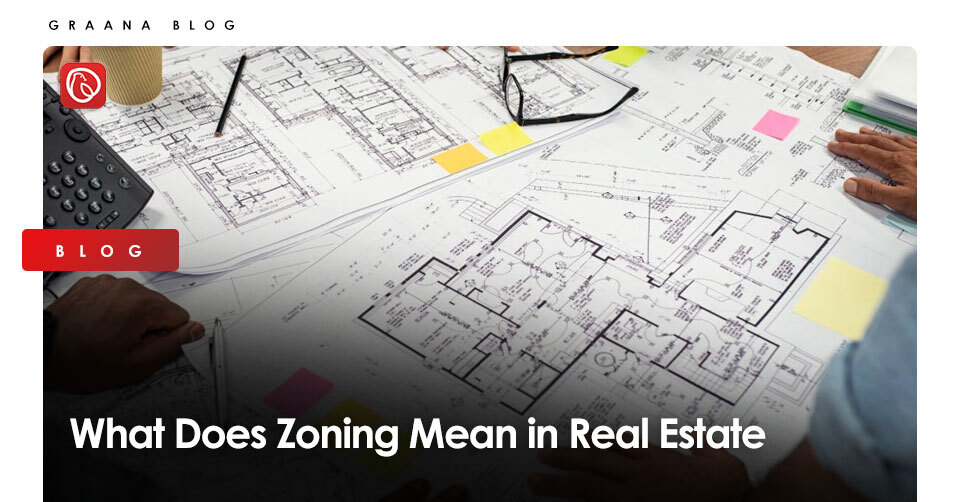
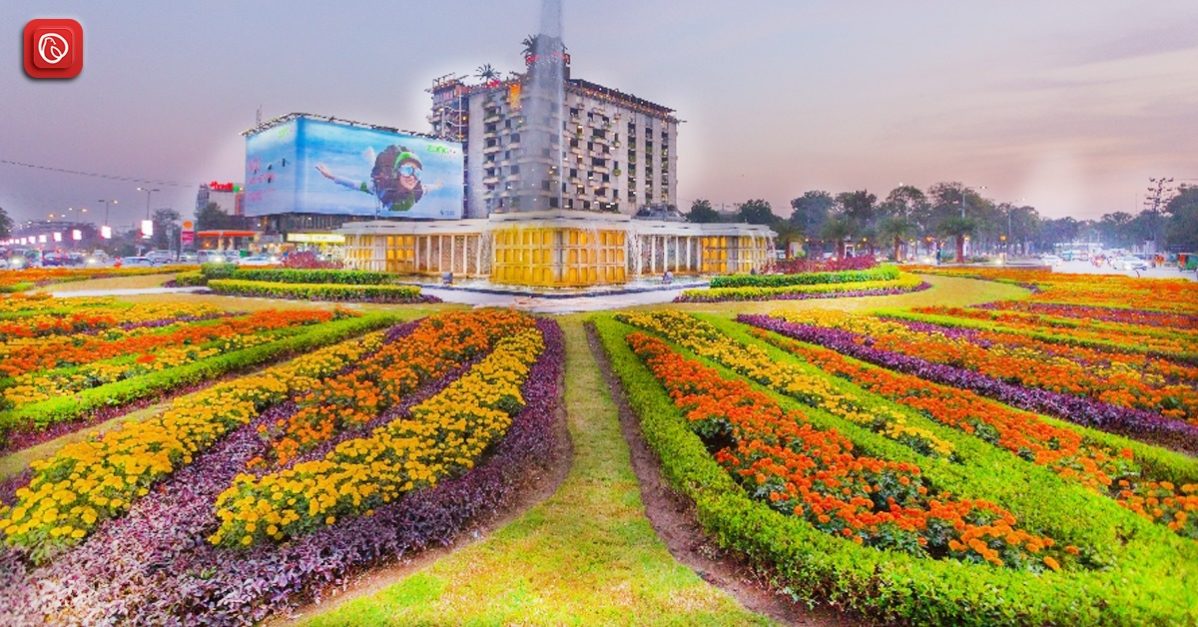
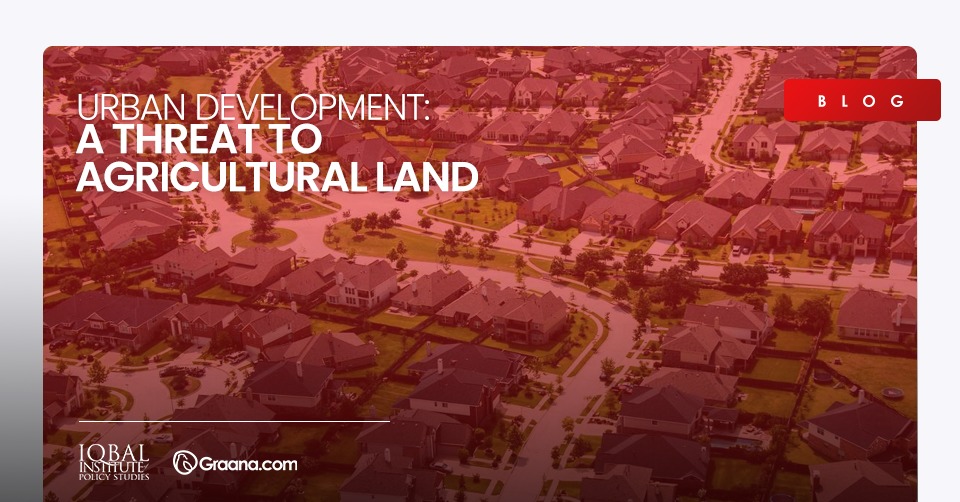
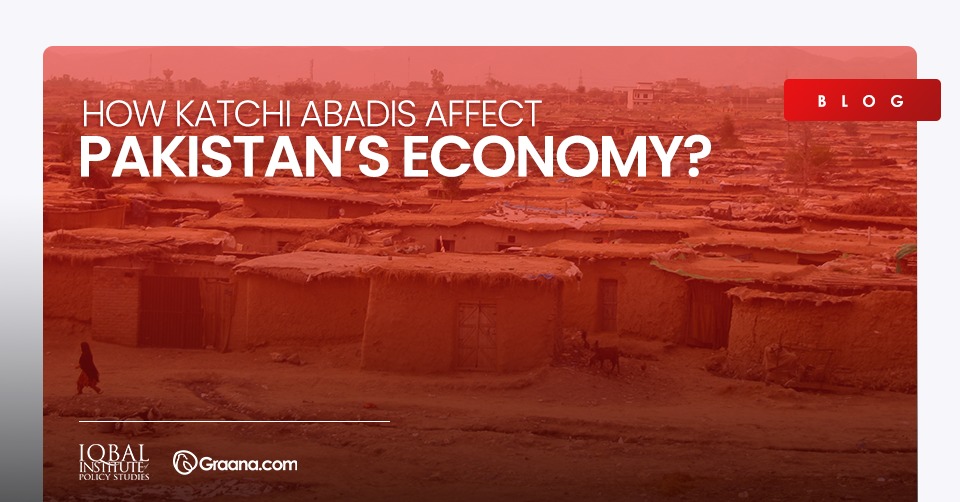

Comments are closed.